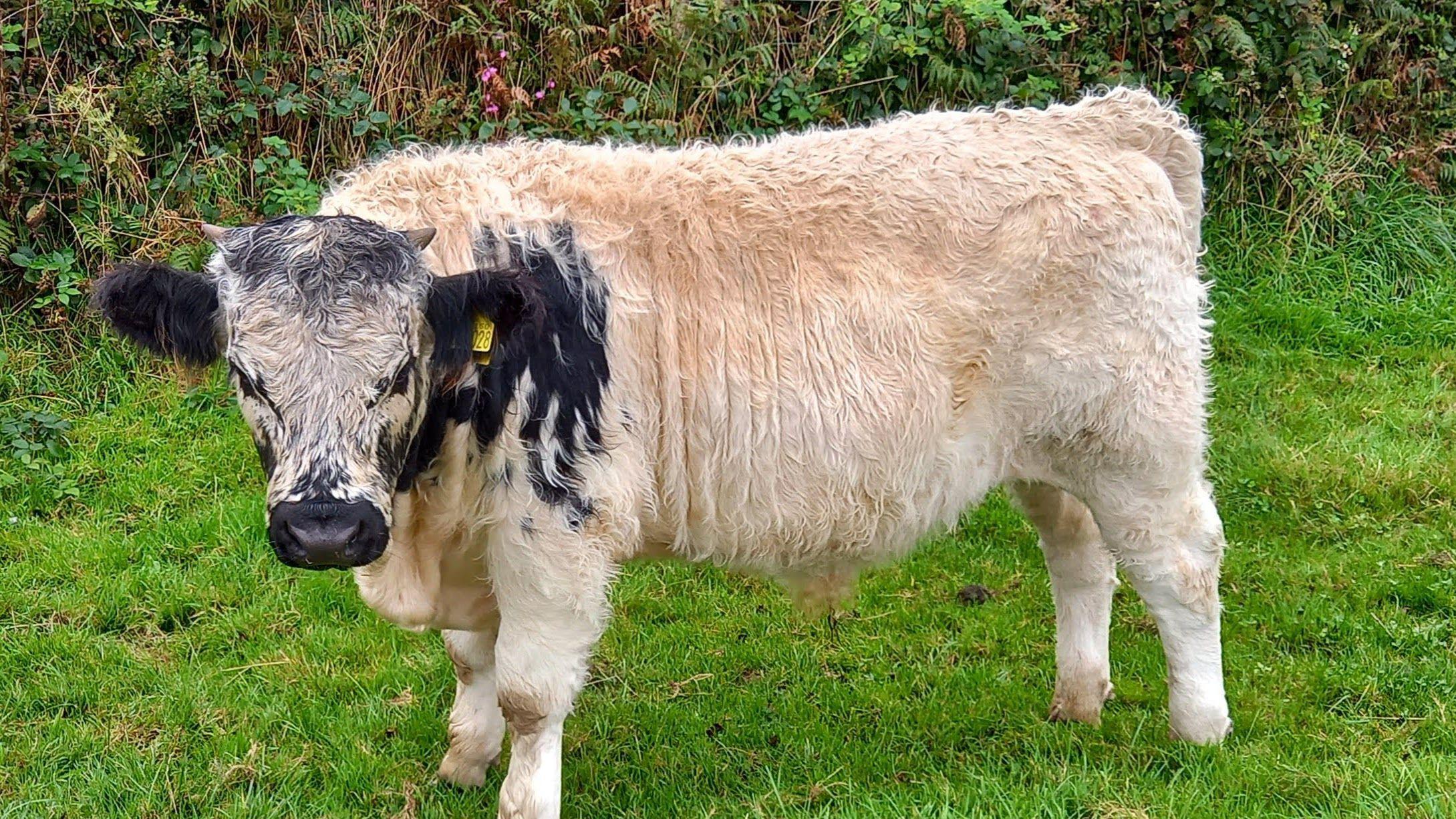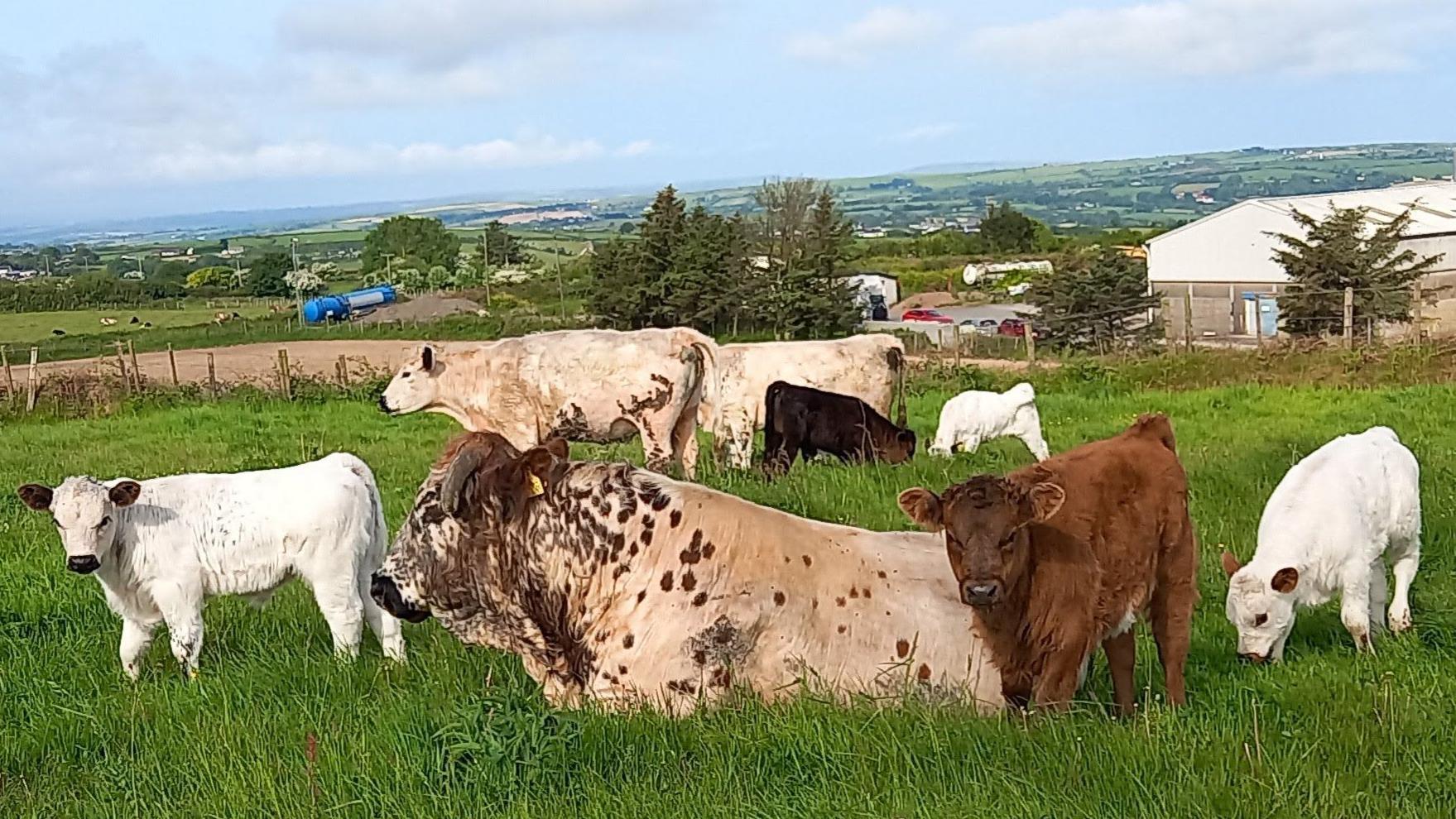- Dapatkan link
- X
- Aplikasi Lainnya

Endangered Welsh cattle with a lineage tracing back over 1,000 years could become extinct, according to a conservation organization.
The Ancient Cattle of Wales breed has been included in the Rare Breeds Survival Trust's (RBST) priority list in their newest watchlist, indicating it requires immediate attention to secure its continuation.
The RBST mentioned that these resilient farm animals possess significant qualities, including their role as a cost-effective source of beef with flavorful meat production, particularly thriving in the poorer quality pastures found in elevated regions.
This breed is also highly effective for conservation grazing, aiding in natural preservation efforts.
The organization stated that the breed currently faces a critical condition due to a worrisome decrease in the registration of new calves and the dissolution of multiple well-established herds following the retirement of their owners.
The breed boasts an ancient lineage, as evidenced by records showing the existence of colored cattle in Wales dating back to the era of King Hywel Dda in the 10th century, according to the RBST.
The mid-size cattle, featuring sizable ears and soft, dense fur, come in six color varieties: they can be white with black or red markings, belted, entirely red, blue, smoke-colored, or mouse-colored, as well as exhibiting a "lineback" pattern—this last variety includes any color paired with a distinctive white stripe running down their back, tail, and belly.
Specific hues were generally favored in particular regions; however, the figures dwindled over time so that the ancient cattle of Wales were primarily raised and propagated on just a handful of isolated upland farms in Wales.

In the 1970s, a team of farmers pinpointed the surviving colored cattle in the Welsh hillsides. Since being established in 1981, the Ancient Cattle of Wales Society (Gwartheg Hynafol Cymru) has documented the breed, compiled a herd book for pedigreed livestock, and focused on boosting their numbers.
Christopher Price, the trust's chief executive, stated: "This breed excels at conservation grazing which benefits both the environment and biodiversity, plus it serves as an economically viable option for raising beef in hilly and mountainous areas."
Nevertheless, there has been a genuinely worrying decrease in newborn registrations over recent years, along with multiple long-standing herds being dissolved after their owners retired.
“The breed currently faces a critical situation,” he stated. “Our ultimate aim is to see the breed flourish once more; these robust cattle could play a crucial role in sustainable agriculture in the UK, where producing food aligns closely with environmental preservation.”
- Severe Weather Causes Major Financial Losses for Farmers, Report Shows
- Concerns Grow Over Potential Drying Up of 19th Century Canal Within Days
- A cow gave birth to four calves in a 'one-in-11 million' occurrence.
Komentar
Posting Komentar